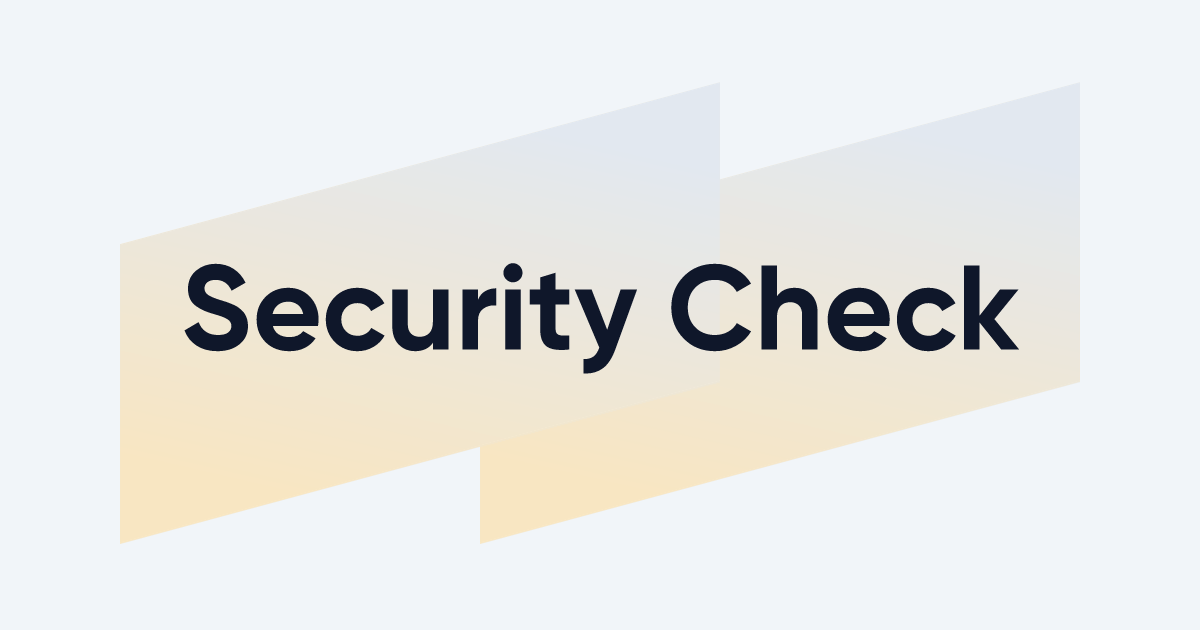Securing your WordPress domain is crucial to prevent unauthorized access, protect sensitive data, and ensure the overall integrity of your website. Here are essential security elements and best practices for your WordPress domain: Keep WordPress Core, Themes, and Plugins Updated: Regularly update your WordPress installation, themes, and plugins to patch security vulnerabilities. Use Strong Passwords: Use complex and unique passwords for all user accounts, including administrators, editors, and contributors. Limit Login Attempts: Implement a login attempt limit to thwart brute force attacks. Plugins like “Limit Login Attempts” can help with this. Install a Security Plugin: Use a reputable security plugin such as Wordfence, Sucuri, or iThemes Security to add an extra layer of protection. Enable Two-Factor Authentication (2FA): Require users, especially administrators, to use two-factor authentication for an added layer of login security. Secure wp-admin and wp-login.php: Restrict access to the wp-admin directory and wp-login.php file using IP restrictions or additional password protection. Disable Directory Listing: Prevent directory listing by adding “Options -Indexes” to your .htaccess file to hide the contents of directories. Regular Backups: Schedule regular backups of your WordPress site, including the database and files. Store backups securely on an external server. Secure File Permissions: Set appropriate file permissions to restrict access. Generally, folders should have a permission of 755, and files should be set to 644. SSL Encryption: Enable SSL (Secure Socket Layer) to encrypt data transmitted between your website and users, securing sensitive information. Change Default Database Prefix: During the installation process, change the default database prefix from “wp_” to something unique to enhance security. Monitor User Activity: Keep an eye on user activity, especially that of administrators, using activity logs provided by security plugins. Disable XML-RPC: If you don’t need XML-RPC functionality, consider disabling it to mitigate certain types of attacks. Some security plugins offer an option to do this. Use a Web Application Firewall (WAF): Implement a WAF to filter and monitor HTTP traffic between a web application and the Internet, protecting against various attacks. Regular Security Audits: Conduct regular security audits of your website to identify and address potential vulnerabilities. Monitor for Malware: Use security plugins to regularly scan your website for malware and other security threats. Host with a Reputable Provider: Choose a reliable hosting provider with a strong reputation for security and good support. Disable Unused Themes and Plugins: Deactivate and delete any themes or plugins that are not in use to reduce potential vulnerabilities. By implementing these security measures, you can significantly enhance the protection of your WordPress domain and reduce the risk of security breaches. Keep in mind that security is an ongoing process, and staying vigilant is key to maintaining a secure website.



